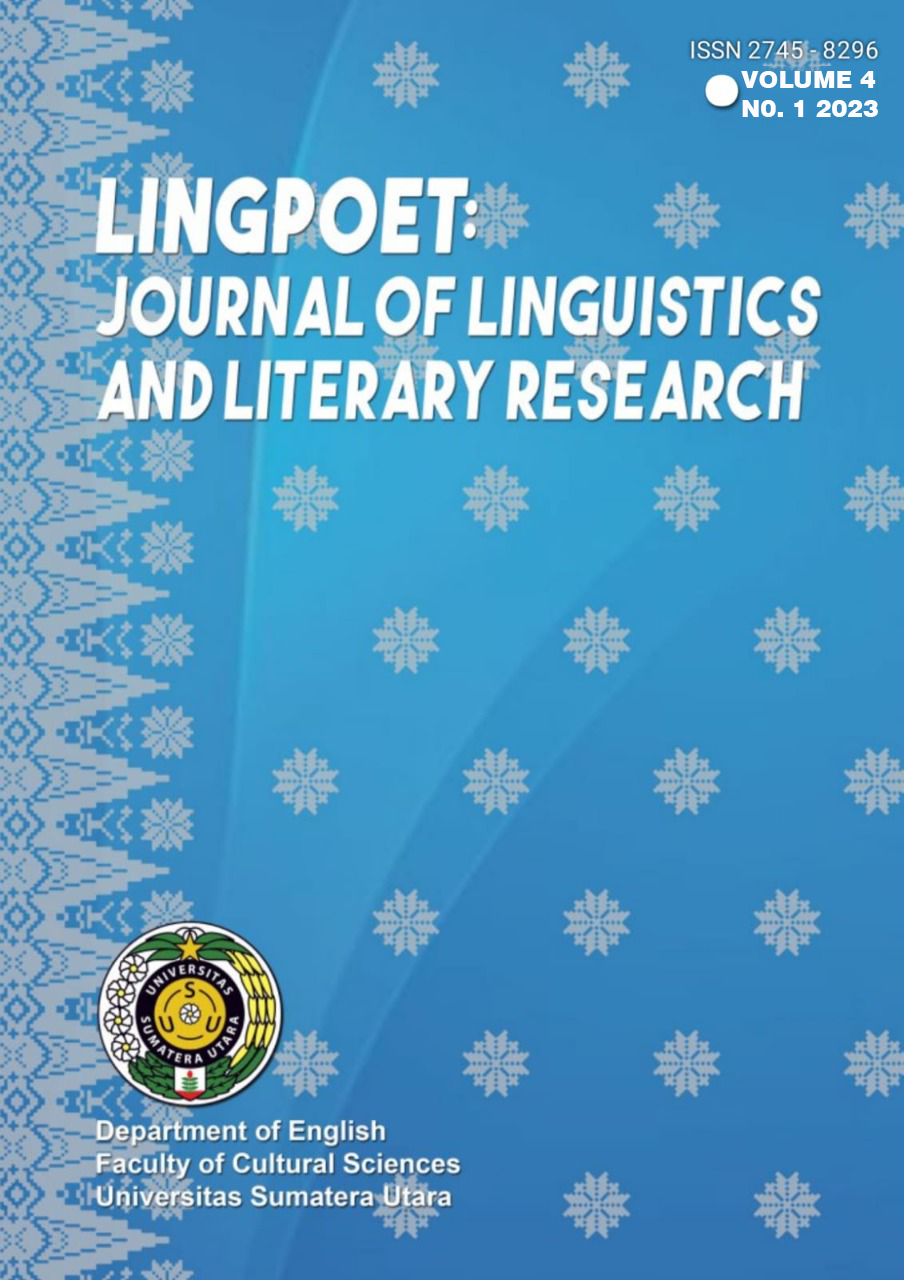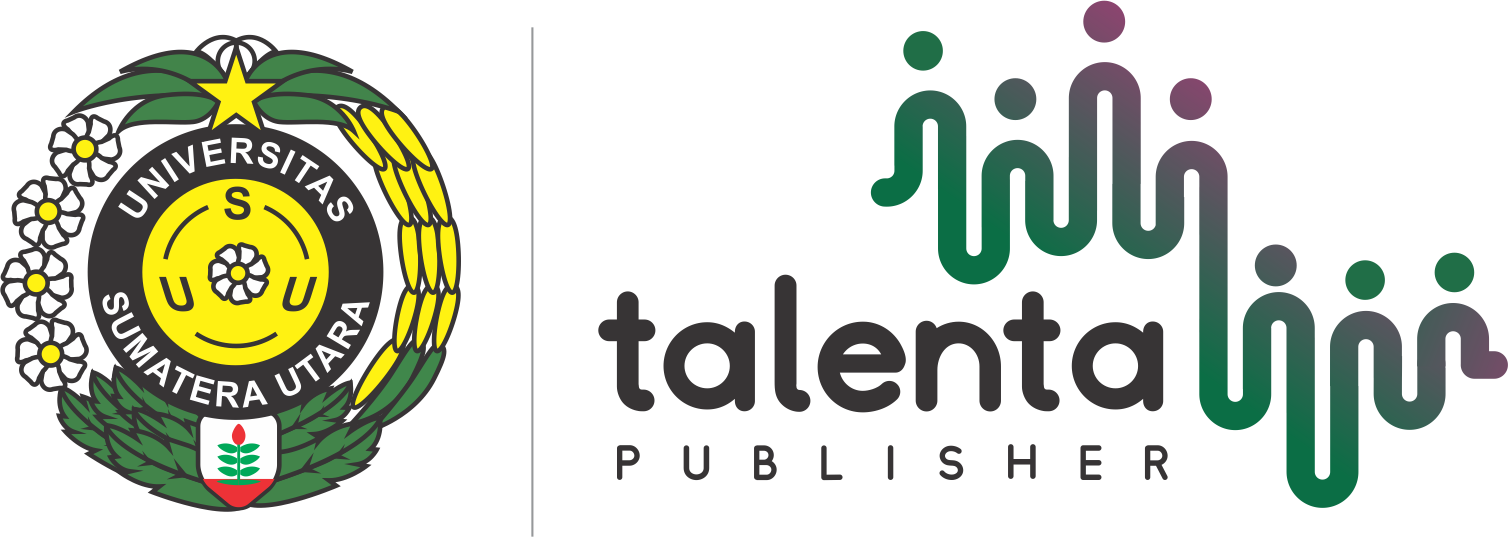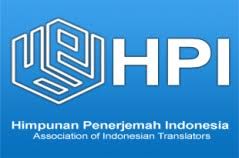A Structural Perspective on Faith and Values in Hamka’s Literary Body of Work
Keywords:
Da'wah, Hamka, Indonesian Novels, StructuralismAbstract
Da’wah, derived from Arabic, refers to the act of extending an invitation. Consequently, it encompasses the notion of persuading individuals to embrace the Islamic faith. Da’wah also seeks to encourage Muslims to adhere steadfastly to religious tenets. This invitation can be conducted using a multitude of methods. In this essay, the researchers contend that novels can serve as a potent means of da’wah. As an example, the works of Indonesian author Hamka were examined. The study of Hamka’s writings in relation to da’wah was conducted through the application of a structuralist and semiotic approach. We have found that these novels have a substantial readership and that they aim to conceptualise the world’s sufferings by creating binary pairs of oppositions. Within numerous narratives, the juxtaposition of opposing elements often reaches its climax in the concept of mortality, thus accentuating the true significance of existence. The readers will comprehend that their earthly existence is nearing its conclusion. Additionally, it was found that Hamka utilised a nuanced approach to imparting Islamic ideas: The primary figures in his literary works often provide guidance or communicate religious knowledge.
Downloads
References
Abdullah, H. F. (2008). Berdakwah Melalui Penulisan Efektif. Johor: Perniagaan Jahabersa.
Ahmadi, W. S. W., & Aini, Z. (2019). Al-Hikmah Rhetorica Da’wa through subtle Method in “Tenggelamnya Kapal Van Der Wijick†Novel written by Hamka. Al-Qanatir. International Journal of Islamic Studies, 13(1), 1–13.
Al-Jawziyyah, I. Q. (1998). Patience and Gratitude. Ta-Ha Publishers.
Aziz, A. R. A. (2009). Nilai Mencapai Kehidupan Sejahtera: Pandangan Hamka. MALIM: Jurnal Pengajian Umum Asia Tenggara, 10, 123–144.
Berhanuddin, Q. F., Azlan, M. A. K., & Saumi, I. (2015). The Beauty of Romance and Religious Thoughts in Hamka’s Novels. 1–8.
Hamka. (1999). Di Bawah Lindungan Ka’bah. PT Bulan Bintang.
Hamka. (2010). Keadilan Ilahi. Shah Alam: Pustaka Dini.
Hamka. (2012). Prinsip & Kebijaksanaan Dakwah Islam. Shah Alam: Pustaka Dini.
Hamka. (2015). Merantau Ke Deli. PTS Publishing House.
Hamka. (2016). Angkatan Baru. Gema Insani.
Hamka. (2017). Menunggu Beduk Berbunyi. Gema Insani.
Hamka. (2020). Si Sabariah. Shah Alam: Jejak Tarbiyah.
Hamka. (2019a). Tenggelamnya Kapal Van Der Wijck. PTS Publishing House.
Hamka. (2019b). Tuan Direktur. PTS Publishing House.
Hashimi, M. A. (1996). The Ideal Muslimah. International Islamic Publishing House.
Hashimi, M. A. (1997). The Ideal Muslim. International Islamic Publishing House.
Herlina, N., Amin, D. E. S., & Aziz, R. (2019). Pesan Dakwah dalam Karya Sastra. Tabligh: Jurnal Komunikasi Dan Penyiaran Islam, 4(4), 344–362.
Huda, I. (2018). The Meaning of Da’wah in Islam. Learn Religions.
Leach, E. (1970). Lévi-Strauss. University of Chicago Press.
Leach, E. (1976). Culture & communication: The logic by which symbols are connected. An introduction to the use of structuralist analysis in social anthropology. Cambridge University Press.
Lévi-Strauss, C. (1963). Structural Anthropology. Basic Books.
Lévi-Strauss, C. (1969). The Raw and the Cooked. University of Chicago Press.
Mababaya, N. D. (2013). Handbook on Da’wah according to the Qur’an and the Sunnah. Darussalam Publications.
Manfaluthi, M. L. A. (2020). Majdulin. IIUM Press.
Nurhayati, E., Junaedi, D., & Sahliah. (2019). Dakwah Islam melalui Karya Sastra. Jurnal Studi Agama-Agama, 2(2), 105–112.
Saussure, F. (1998). Course in General Linguistics. Open Court Publishing.
Solihin, S. M. (2016). Islamic Da’wah. Theory and Practice. IIUM Press.
Stark, A., Zakaria, K., & Kurniawan, Y. (2022). Pemikiran Hamka tentang Cara Hidup Matrilineal Masyarakat Minangkabau. Jurnal Melayu, 21(2), 1–15.

Downloads
Published
How to Cite
Issue
Section
License

This work is licensed under a Creative Commons Attribution-ShareAlike 4.0 International License.












